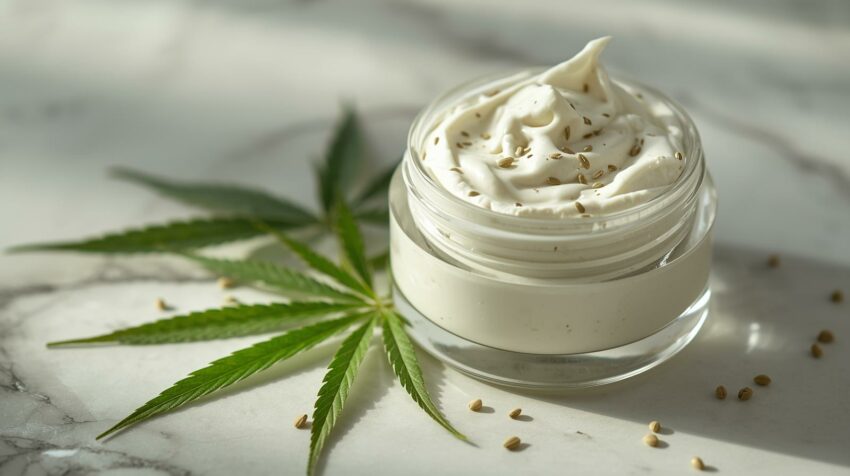🧴 Why Lining a Soap Mold Matters If you’ve ever struggled to unmold your soap cleanly or ended up with dents and ragged corners, your mold liner might be to blame. Lining a soap mold the right way ensures that your cold process soap releases cleanly and keeps its smooth, professional look. Even if you’re…
Coconut Oil and Health Benefits
🌴 Coconut Oil: The Natural Superfood for Skin, Hair, and Health Coconut oil has become one of the most popular natural ingredients of this decade — and for good reason. Long before it became a trending “superfood,” people across tropical regions relied on coconut oil for cooking, skincare, and even medicine. Today, research confirms what…
Soap Making Molds – you can use just about anything
🧼 Updated Article (2025) Choosing the Best Soap Mold: Creative & Affordable Options for Every Soap Maker Whether you’re just learning to make soap or you’ve been crafting for years, choosing the right soap mold can make all the difference. The mold you pour your soap into determines not only the shape and size of…
bug repellent soap recipe
🪰 Bug-Repellent Soap Recipe — “Entomophobia” Natural Bar That Keeps Bugs Away A Soap So Good It Keeps Mosquitoes Away All Night There have been a few fun names for this bug-repellent soap recipe over the years, and mine was “Entomophobia” — fear of insects! Customers loved the name and the results. One customer told…
Why Choose Natural Soap Making?
Natural soap making is having a moment, and it’s not hard to see why. Handmade soaps are popping up everywhere, from local markets to Instagram feeds. They’re not just a trend; these soaps bring back the essence of traditional artistry and personal touch, delivering a product that’s as beautiful as it is functional. Unlike those…
Understanding The Difference: Natural Soap Vs. Commercial Soap
Have you ever wondered what gets packed into your soap bar? It’s like a trip through a mini chem lab! Regarding soap, the main players in the game are fats, oils, and all kinds of lye. The dance between these ingredients kickstarts a process called saponification, which is basically the scientific way of saying ‘We…
About Rosemary
Rosemary Essential Oil: Benefits, Uses, and Precautions Rosemary (Rosmarinus officinalis) is a perennial herb native to the Mediterranean region. Known for its needle-like leaves and clusters of small flowers that range from white and pink to blue and purple, rosemary is hardy, drought-tolerant, and naturally pest-resistant. It takes approximately 200 pounds of rosemary leaves to…
Soap Making Recipes
Soap making is a fascinating blend of creativity and chemistry that dates back centuries. It’s a hands-on craft that can be both fun and satisfying, with roots stretching across various cultures and time periods. People have been turning simple ingredients into cleansing bars long before modern conveniences took over. The magic of soap-making lies in…
Hemp Seed Oil Benefits for Skin: A Natural Skincare Powerhouse
Why Hemp Seed Oil Is a Skincare Superstar Today, I’m diving into hemp seed oil and skin health—an ingredient that’s quickly becoming a favorite among natural skincare enthusiasts. If you haven’t explored hemp oil yet, you’ll be surprised at its potential to transform your daily skincare routine. Hemp seed oil is rich in essential fatty…
bug repellent plants
Natural Bug-Repellent Plants and Essential Oils for a Healthier, Chemical-Free Summer If you’ve ever wanted to keep mosquitoes, ticks, blackflies, or ants away without using harsh chemical sprays, nature already provides the perfect solution. Many common herbs and plants contain the same essential oils that are used to create natural bug repellents. By learning which…








